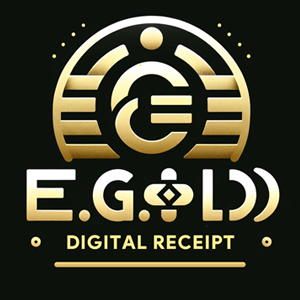In the midst of gold's extraordinary rally in 2025—with prices surpassing $4,200 per ounce as of mid-December and briefly touching highs above $4,300—investors are reevaluating their exposure to the yellow metal. Gold exchange-traded funds (ETFs), often called "paper gold," have seen robust inflows throughout the year, with global physically backed ETFs holding around 3,893 tonnes by late October and assets under management exceeding $500 billion.
Cookies help us deliver our services. By using our services, you agree to our use of cookies.





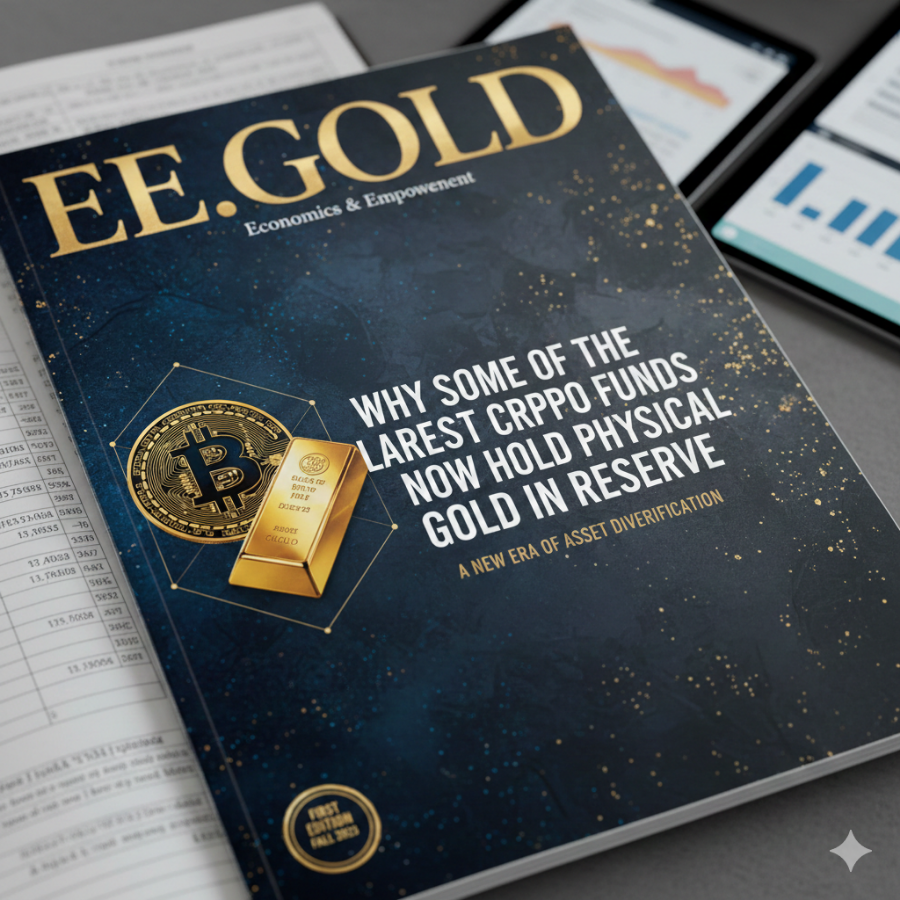

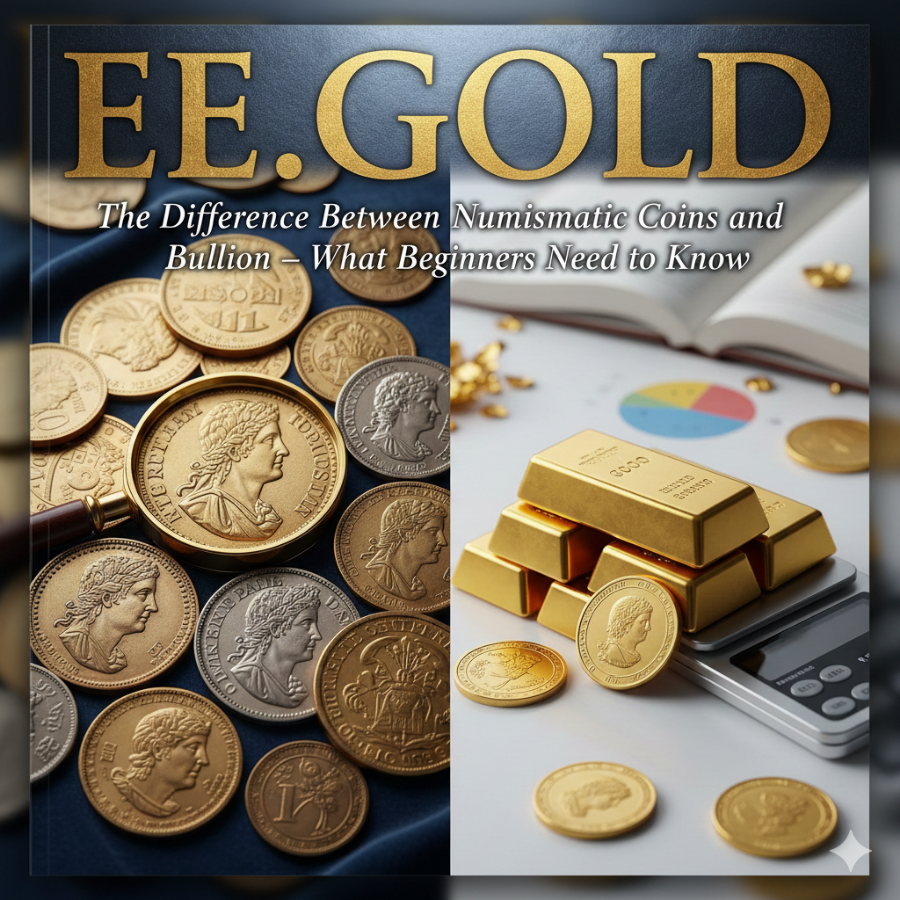
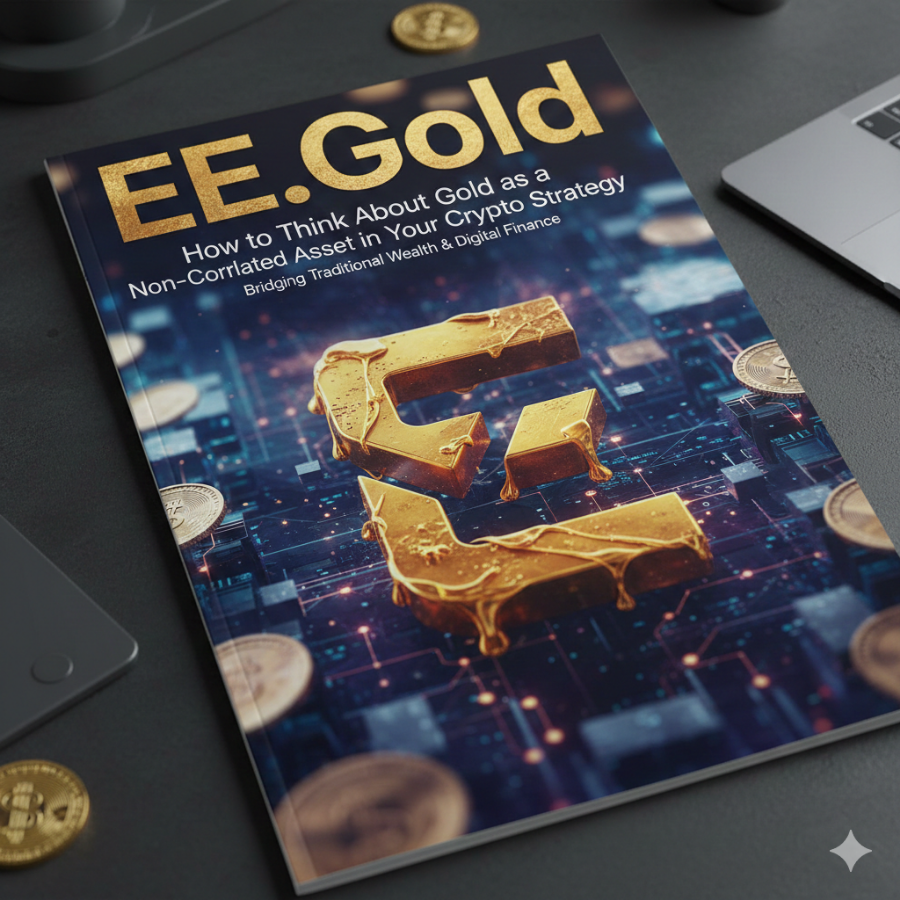

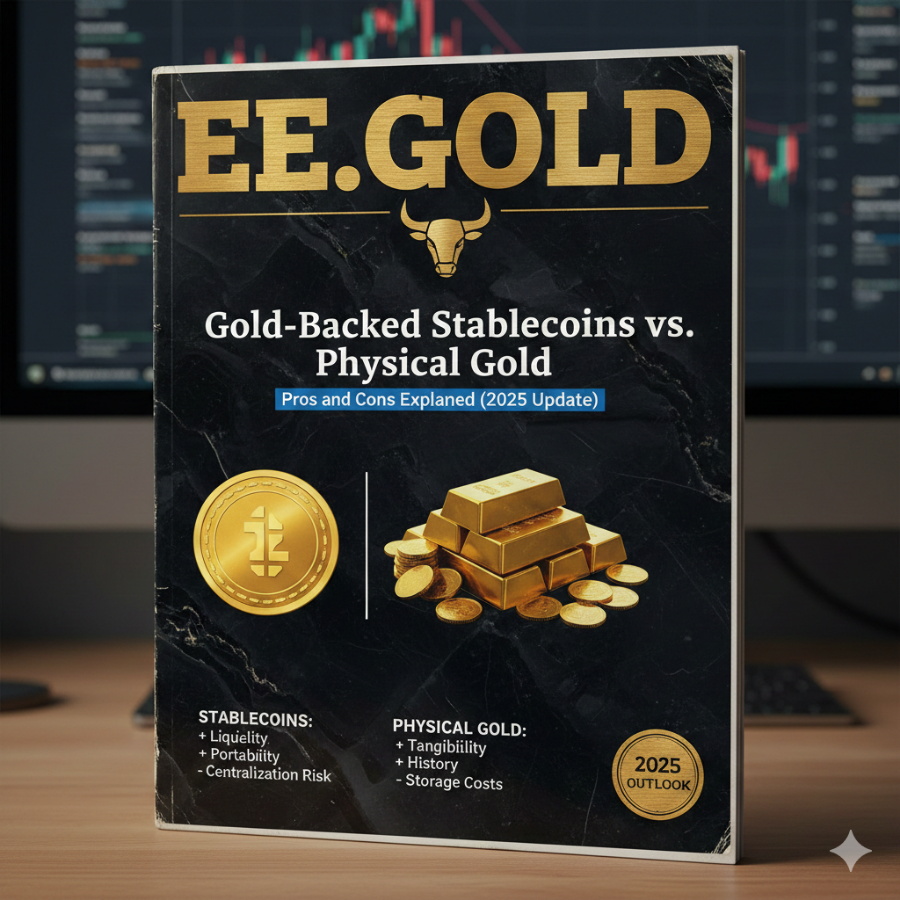
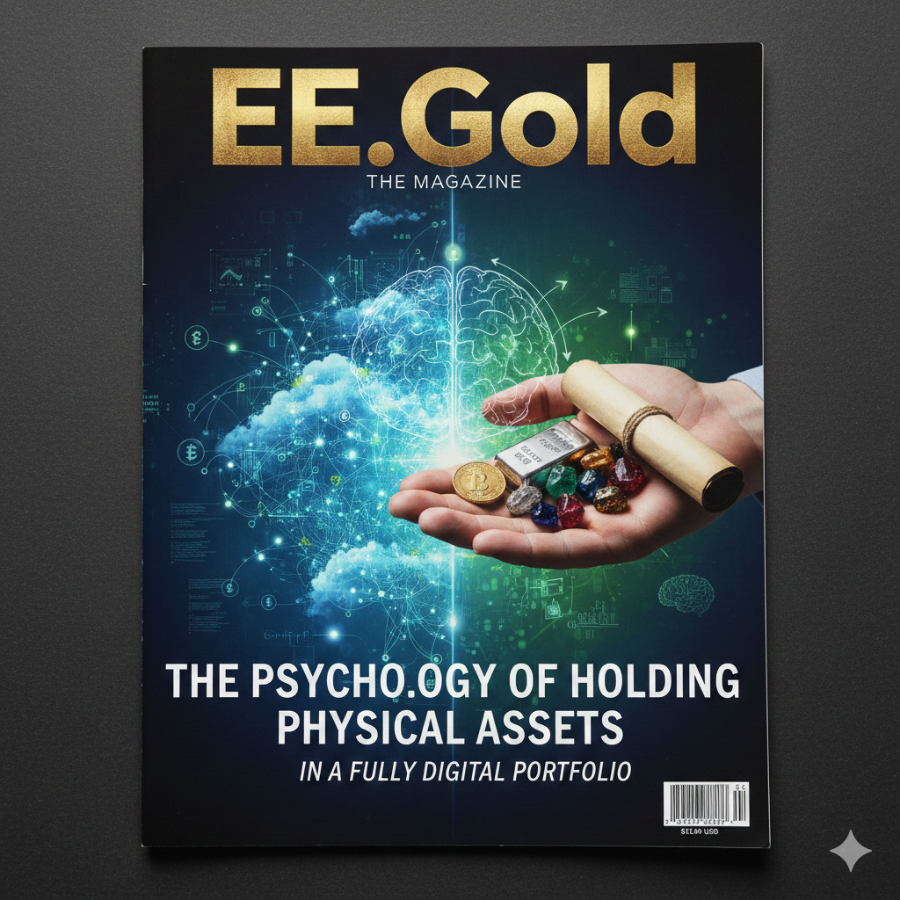








.png)

